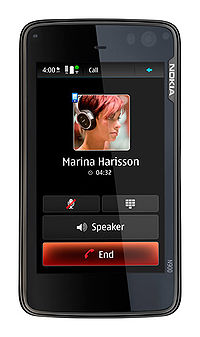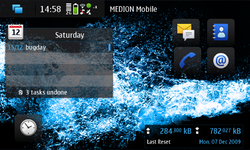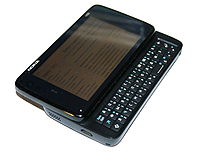Friday night was Murder… In Space!, our most recent murder mystery party. This is the second of our murder mystery nights that I’ve been the author of (the first one was Murder In The Reign Of Terror), and I took a lot of what I learned from the experience of writing and co-hosting of that mystery… and then disregarded about half of it.

One of the things that I thought we’d do differently from normal was a more “freeform” roleplaying experience. Instead of communal debates punctuated with pre-scripted dialogues, I wanted to create an atmosphere that felt more… like a group of people trapped together, where one is a murderer! I wanted distrust and backstabbing, secrets and lies. So instead of scripting dialogues and drip-feeding clues to the players between courses, I gave a lot more information “up front” and relied on the characters to develop their own social interactions, with mixed success.
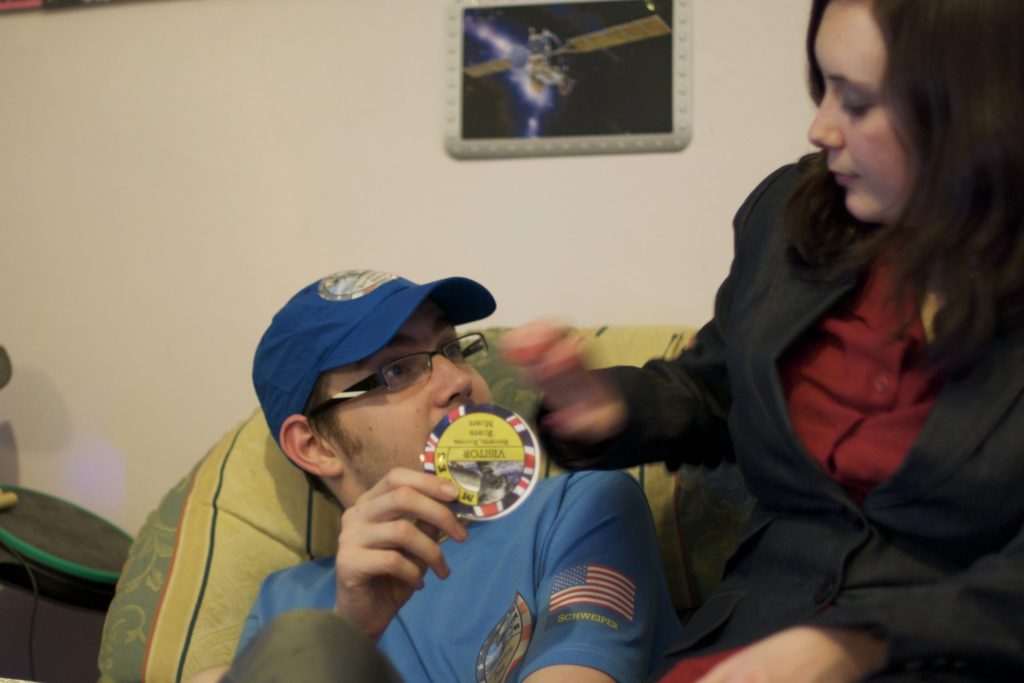
As I expected, I disregarded my own suggestion to myself to refrain from committing to a date for the event until I’d written at least half of the materials. Unfortunately, this was coupled with my incorrect assumption that writing a murder mystery in which I didn’t pre-script the dialogues would be somehow easier or faster than the contrary. Also my mistake in thinking that writing for ten people would only be 25% harder than writing for eight (in actual fact, complexity grows exponentially, because each person you add to a murder mystery has a theoretical relationship with everybody added before them).
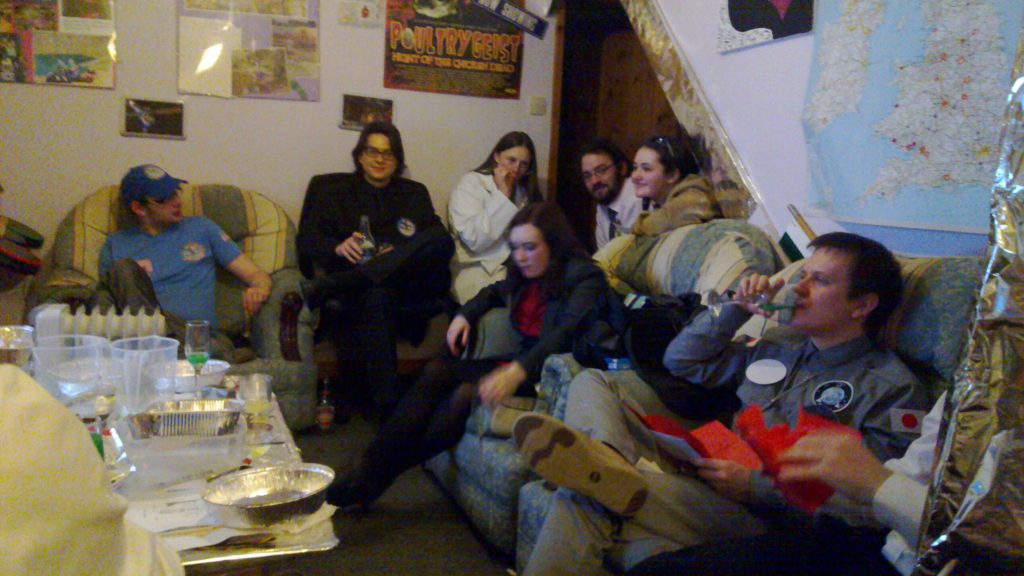
The game proved challenging early on. Without the structure of initial dialogue and with no formal introduction phase, it took some time for the players to get into character and to understand what it was that they wanted to achieve and how they might go about it. In addition, a lot of the characters held their cards very close to their chest, metaphorically-speaking, to being with, resulting in a great shortage of “free” information during the first half of the game. However, the “space age” multicoloured cocktails did their work quickly, and after a sufficiency of liquid lubrication virtually everybody was slotting into their position in the group.
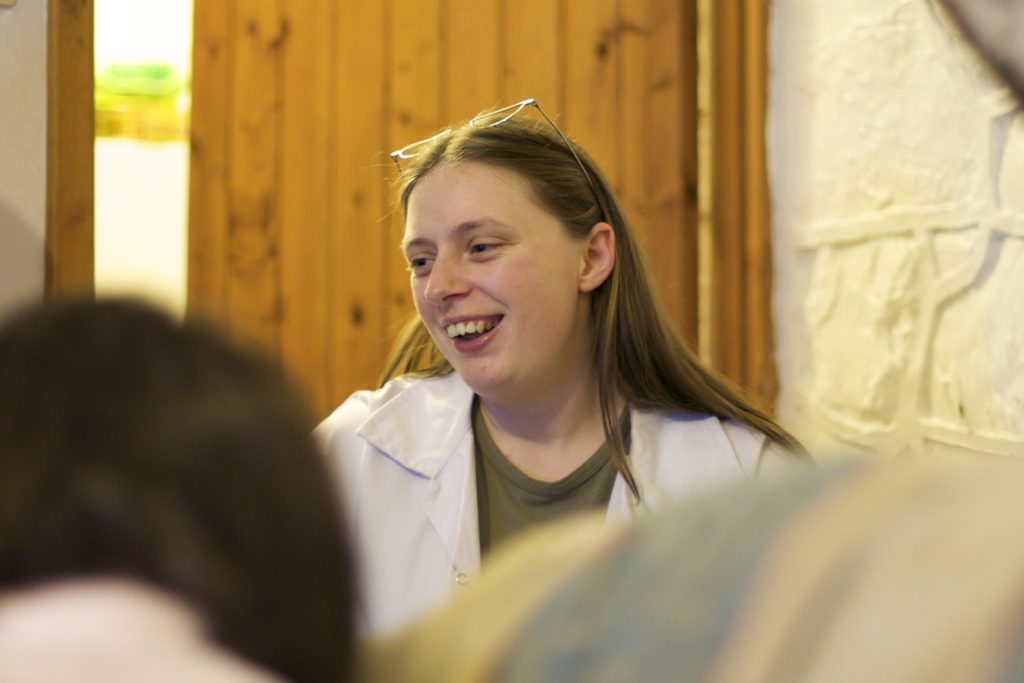
Once the players got into the swing of things, including (for those who’d attended this kind of event before) culturing an understanding that it was encouraged, perhaps even necessary, to meet up with fellow crewmembers in smaller groups and swap information and plot items – something that was new to this particular adventure – everything went a lot more smoothly. As I’d hoped, characters would take time to creep away in twos and threes and gossip about the others behind their backs. At least one character attempted to eavesdrop on others’ conversations, which was particularly amazing to see. In addition to the usual goal of “detect the murderer”/”make a clean getaway”, I’d issued each character with a set of secondary (and tertiary) goals that they’d like to achieve, typically related to learning something, preventing others from learning something, or acquiring or retaining a particular plot item. Some characters had more complex goals, relating to keeping the blame on or off particular other characters, making good early guesses, or being the first to achieve particular milestones. I felt that this added a richness to the characters which is otherwise sometimes lacking, and it seemed to work particularly well for helping the players play their roles, although I should probably have put the goals higher up on each player’s character sheet in order to make it clearer how important they were to the overall plot.
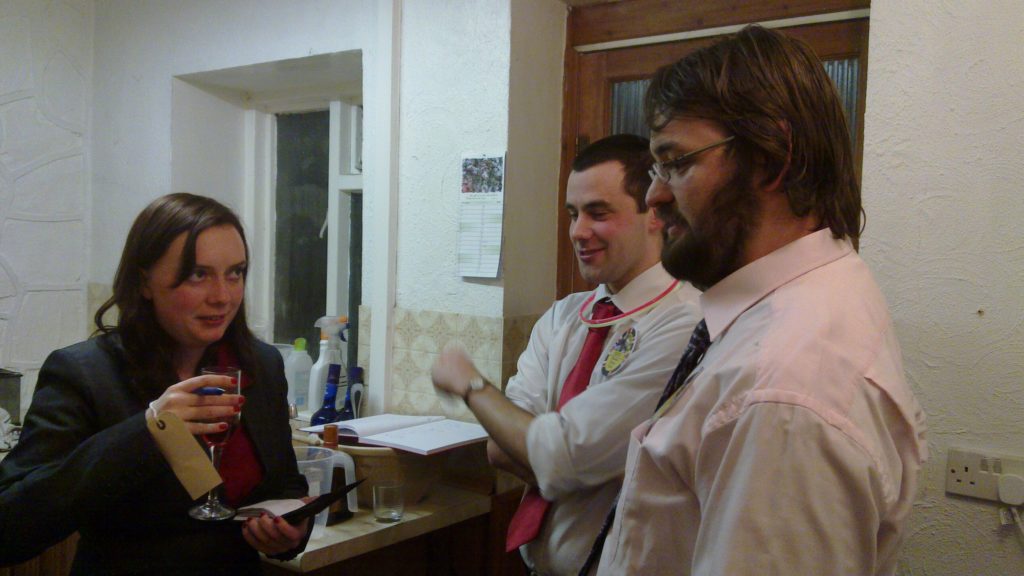
As usual, it was inspiring to see characters I’d invented brought to life in the interpretation of their players. As with Murder In The Reign Of Terror, I’d quite-deliberately avoided assigning characters to players, instead letting Ruth do that based on my preliminary character descriptions, thereby providing me with a number of surprises (and an even greater number of interesting coincidences) when it came to seeing how everybody chose to portray my ideas. Particular credit must go to Matt R for his stunning performance as the self-aware android, TALOS-III, and to Adam for the extraordinary amount of effort he put into his costume (including a silver jumpsuit, “moon boots”, and a cap and t-shirt emblazoned with his name, insignia, and the mission name). That said, everybody did an amazing job of making their character believable and love (or hate)-able for the characteristics they portrayed: there were moments at which it was easy to forget that this was all make-believe.
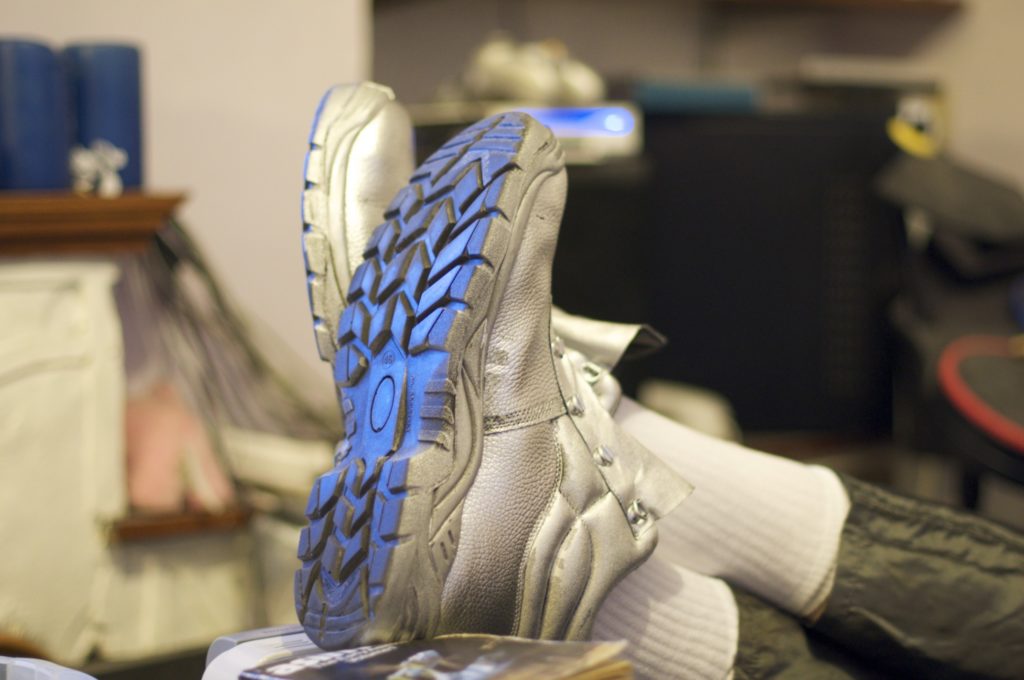
As usual, Ruth put an unbelievable amount of work into making the food fit the theme, and she’d tried to have food that represented the nationalities of all of the astronauts present, in addition to making the food look like “space food”, even where it wasn’t (which resulted in the up-side that the foil containers out of which dinner was served needed no washing up when the party was finished). She’d also put a lot of thought into “space age” drinks, which mostly consisted of brightly-coloured cocktails prepared from ingredients brought by individual guests, which worked really well (although I apologise for the disparity that I’ve since discovered in the varied prices of the drinks people were asked to bring).

As seems to have become traditional – although I swear that this is just another one of those coincidences – Paul‘s character, James McDivvy, turned out to be the murderer: he’d poisoned the victim using carbon monoxide in his space suit’s air supply when he went for a spacewalk. In the photo above he’s seen holding a data disk containing the program that controls the TALOS-III android: he played upon the fact that nobody could find it to imply that whoever had it must have somehow used it to reprogram the android to perform the murder, playing upon everybody’s natural suspicion of the creepy robot amongst them, and this worked well for him, distracting many of the others from the evidence that would have implicated him. You can also clearly see Rory‘s (Akiyama Toyohiro) fabulous SG-1/Japanese space geek costume, including his digital scrolling Twitter feed hanging around his neck.
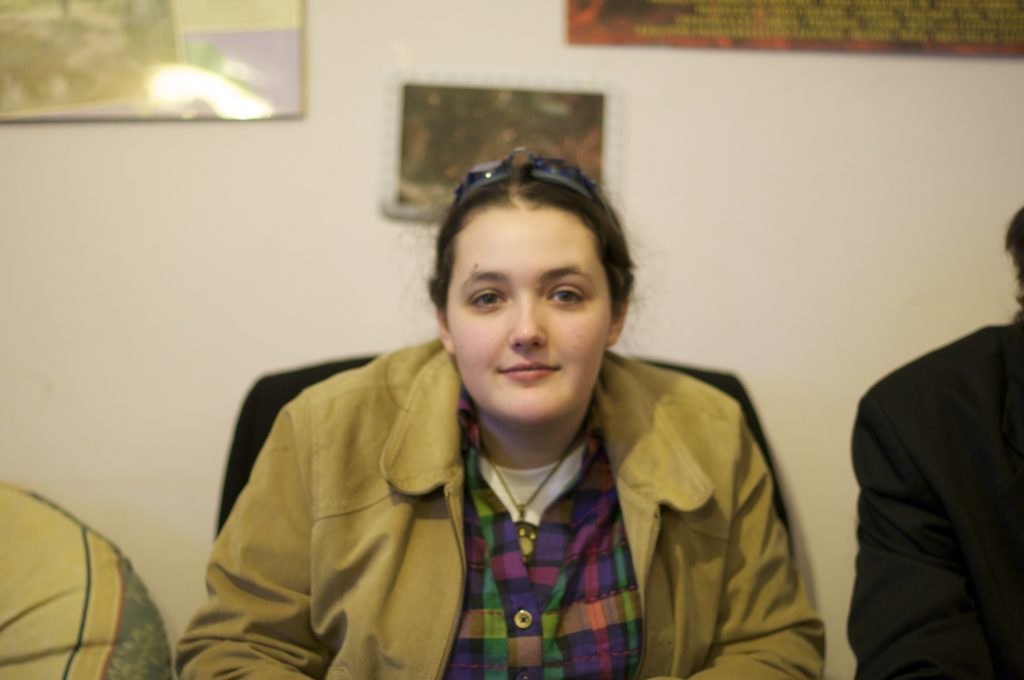
As usual, there are lessons to be learned. In the hope that I’ll pay some attention to myself next time (yes, there’ll be a “next time”, hopefully before I leave Aber – and I’m hoping to make something even bigger and cooler out of it), I’d like Future Dan to remember the following lessons:
- I know you’ll ignore this anyway, Future Dan, but do not commit to a date for a murder mystery until you’ve got at least half of it written already. There’s lots of stress, lots of panic, and a higher freqency of typos and other embarassing mistakes when you write the last few thousand words in the last day or two.
- Similarly, have more leeway for additional characters: I know it feels like “wasted words” to write for characters who’ll probably never be used, but it’s better to plan for about 10% of your cast to be playing optional characters, so that when they pull out (or more people want to come) you’re already prepared.
- Plan for a structured introduction round in which the host more-fully explains “the story so far”, and perhaps pre-script the first conversation(s) that players are likely to engage in, in order to make breaking into character a little less like diving in at the deep end.
Anybody got any other suggestions or feedback? Leave me a comment!
Further reading
- Ruth announces the event.
- There’s a full complement of photos available: hi-res on Flickr, low-res on Facebook. Huge thanks to Rory for taking most (the good ones) of these.
- Rory blogs after the event.
- Ruth thanks people for coming and making it a success.
- JTA makes a “belated report of murdery goodness.”











